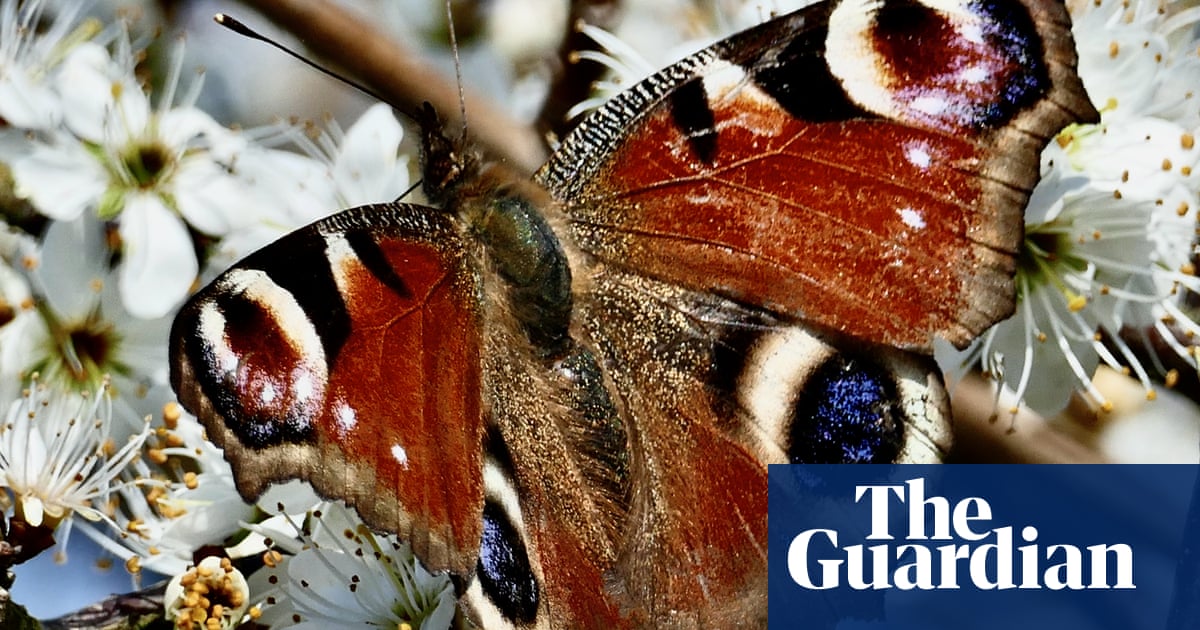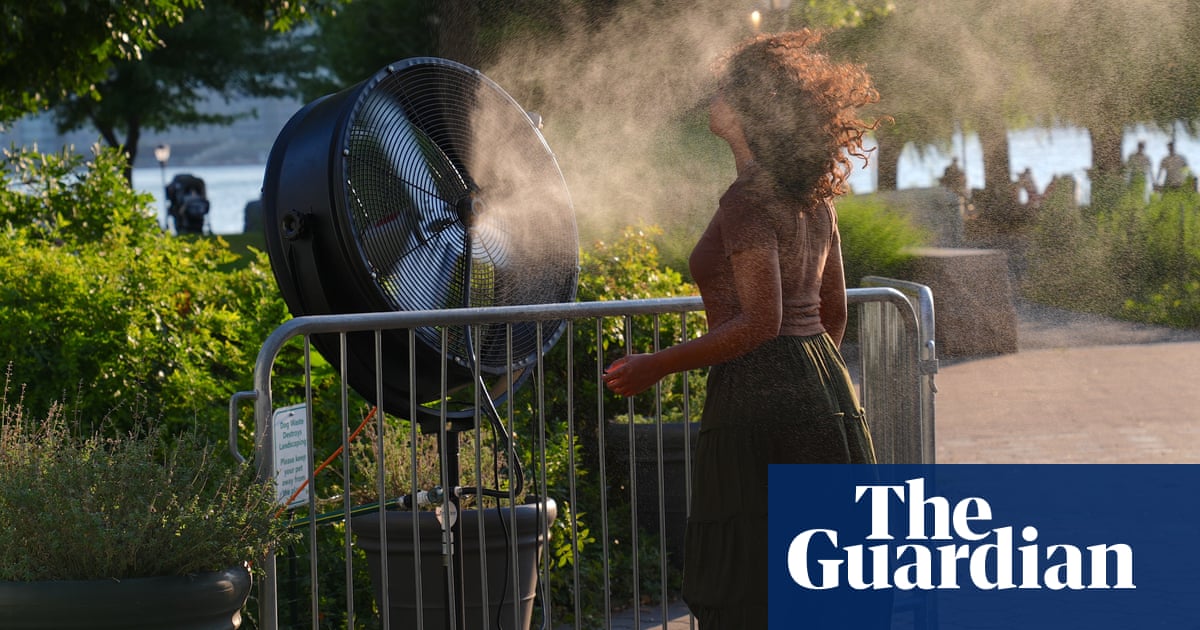As British butterflies head north, scientists ask public to help track migration | Butterflies

Scientists are calling on the public to help track how British butterflies are moving north as the climate heats up.
Examining 50 years of data, researchers from the wildlife charity Butterfly Conservation, which runs the annual Big Butterfly Count, have identified a clear northerly shift among many species, including the familiar garden favourites the comma, peacock and holly blue.
This is the result of climate breakdown creating warmer habitats, letting certain breeds grow substantially. The migratory red admiral is one example; typically found in southern England in the summer before migrating to Europe for winter, these winged creatures now reside year-round in the UK. Their populations have also increased threefold.
Meanwhile, the holly blue has been spotted in Scotland. Their numbers have expanded by 34%, reflecting the northerly spread. Distribution has also increased by 36% for the peacock, and 53% for the speckled wood.
Echoing this trend further is the Jersey tiger. Previously only seen in the south-west of England, the day-flying moth was first spotted as far north as London during the 2021 Big Butterfly Count.
Dr Zoë Randle, the senior surveys officer at Butterfly Conservation, said: “We’re also seeing other species which have previously suffered severe declines, such as the comma, recovering, with a huge increase of 94% in where it is found. These highly adaptable species are all able to move into new places as the climate warms, but for habitat-specific species, these trends raise serious red flags.”
For the scotch argus, a butterfly found in damp grasslands in the mountainous regions of Scotland, options are more limited. Since 1979, its distribution has decreased by 20%.
“This butterfly used to be found in northern England,” said Randle. “As our environment has warmed, it has shifted northwards to follow the cooler climates. But how far north can the scotch argus go?”
With a 42% decline since 1979, the gatekeeper is another butterfly that has suffered from habitat loss and global heating. The meadow brown has also dropped 22% in distribution, while green-veined white numbers have reduced by 11%.
For Randle, these figures are concerning: “Food plants can’t move like the butterflies do. Species that rely on particular habitats aren’t able to move as freely. This means that if climate change continues, they could become trapped in isolated fragments of remaining habitat, facing the very real threat of extinction.
after newsletter promotion
“A lot of the time we see these patterns of change in isolation, but we have to remember that all creatures in the habitat are linked, including us humans.”
Butterflies form an integral part of our planet’s ecosystem. They serve as pollinators and are sensitive indicators of environmental change. With up to 80% of Britain’s butterflies already showing signs of depletion in either population number or distribution, observing their patterns and preserving habitats is imperative.
The Big Butterfly Count asks people to spend 15 minutes in a sunny spot this summer and record the number and type of butterflies witnessed. Last year, more than 135,000 counts were conducted across the UK, with volunteers spending a combined time of nearly four years counting butterflies. The information helps scientists understand how the creatures are faring, informs conservation efforts and can shape government policy.
Source link




